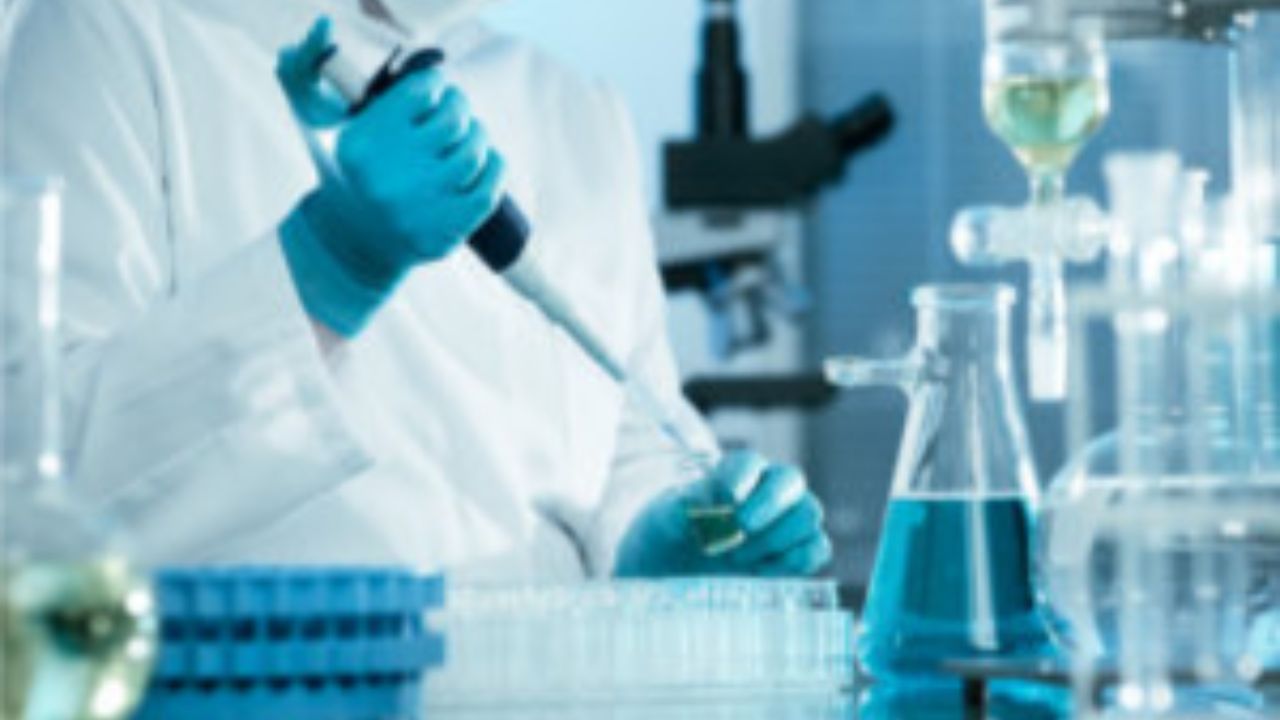In the laboratory, lyophilized peptides necessitate reconstitution, which involves dissolving them in a liquid solution before they can be used. However, there is no universally applicable solvent that can effectively solubilize all peptides while preserving their integrity and compatibility with biological assays. Although sterile, distilled water or regular bacteriostatic water is typically the primary choice, it may not dissolve all peptides. Consequently, researchers may need to employ a trial-and-error approach, attempting to dissolve the peptide in increasingly potent solvents. It is important to note that sodium chloride water should be avoided due to its propensity to cause precipitates with acetate salts.
As a precautionary measure, it is generally recommended to first attempt to dissolve peptides in solvents that can be easily removed through lyophilization. This allows for the solvent to be eliminated if it proves ineffective. Typically, researchers should initially try dissolving the peptide in sterile distilled water, regular bacteriostatic water, or a sterile dilute acetic acid (0.1%) solution. Before attempting to dissolve the entire peptide, it is advisable to test a small portion of the peptide for solubility in the chosen solvent. Using sterile water (or dilute acetic acid) initially ensures that the peptide can be dried without leaving any undesired residues if it fails to dissolve. After removing the initial ineffective solvent, researchers can proceed to dissolve the peptide in progressively stronger solvents.
Furthermore, it is crucial for researchers to dissolve the peptide in a sterile solvent to create a stock solution at a higher concentration than what is required for the assay. If the assay buffer is used initially and the peptide fails to dissolve, it becomes exceedingly challenging to recover the peptide without alterations. However, the peptide can always be diluted further with the assay buffer at a later stage.

